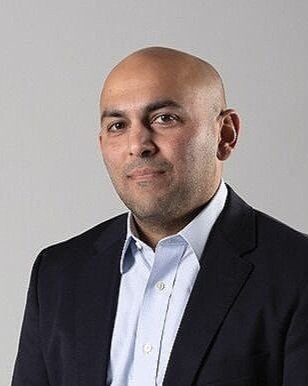Low Dose Opioids Ineffective for Acute Lower Back and Neck Pain
/By Pat Anson, PNN Editor
A low dose of prescription opioids works no better than a placebo in relieving acute lower back or neck pain, according to a new study in Australia.
The blinded, placebo-controlled trial was relatively small – just 345 participants – but was unusual because patients were followed for up to a year, a rarity for a clinical trial that studies pain. Half the participants received a combination of oxycodone and naloxone for six weeks at a low daily dose of 20mg or about 30 morphine milligram equivalents (MME). The other half received placebo tablets that looked similar to oxycodone.
It's important to note that the study only included people with mild or moderate pain of less than 12 weeks duration -- not the severe, long-term back and neck pain caused by degenerative disc disease, spinal injuries, arthritis, and other chronic conditions. Participants were excluded if they had that type of pain.
The study findings, published in The Lancet, showed no significant difference in pain severity between the opioid and placebo groups. On a scale of zero to 10, the average pain score was 2.8 in the opioid group after six weeks, compared to 2.3 in the placebo group. After a year, the average pain score was 2.4 in the opioid group, versus 1.8 in the placebo group.
Pain Severity Over 52 Weeks
THE LANCET
Researchers say patients who received opioids had a slightly higher risk of opioid misuse at the end of the study, a finding based on a mental health survey that screens patients for drug related behavior.
“Our findings show that even judicious, short-term use of an opioid conferred no benefits in pain reduction and led to a small increase in pain at the medium-term and long-term compared with placebo. The opioid group had worse quality-of-life mental health scores than the placebo group,” researchers reported. “Although no difference was found in overall time to recovery, more people in the placebo group recovered in the first 14 days compared with those in the opioid group.”
Most medical guidelines recommend exercise and over-the-counter pain relievers for short-term back or neck pain, with opioids only used as a last resort. The authors of the Lancet study say even that limited use is inappropriate.
“Opioids should not be recommended for acute back and neck pain, full stop,” said lead investigator Christine Lin, PhD, a professor in the School of Public Health at University of Sydney. “Not even when other drug treatments are not able to be prescribed or have not been effective for a patient.”
The Lin study is somewhat similar to the 2018 Krebs study, which found that low doses of oxycodone were no more effective than over-the-counter pain relievers in treating chronic back and osteoarthritis pain. Critics say the Krebs study was biased from the start and this one is no better.
“They generalise enormously,” Michael Vagg, MD, Dean of Pain Medicine at the Australian and New Zealand College of Anaesthetists, told the Medical Republic. “They studied oxycodone and naloxone in a modified-release formulation. But modified-use opioids have never been on-label for use in acute pain and they are not recommended as such… to which I and everyone in pain medicine would say ‘We figured that out ages ago’. That’s not how you use opioids in acute pain.
“In layman’s terms, they’ve done a study where they tried to look at doing push-ups to help with back pain and then they’ve decided that all exercise is no good for the back pain.”
Lower back pain is the world’s leading cause of disability and neck pain is the fourth largest, but there is surprisingly little evidence about the best ways to treat them.
A previous study published in The Lancet by an international team of researchers found that lower back pain was often treated with bad advice, inappropriate tests, risky surgeries and painkillers. The authors said there was limited evidence to support the use of opioids for low back pain, and epidural steroid injections and acetaminophen (paracetamol) were not recommended at all. Most patients responded better to physical and psychological therapies that kept them active.










